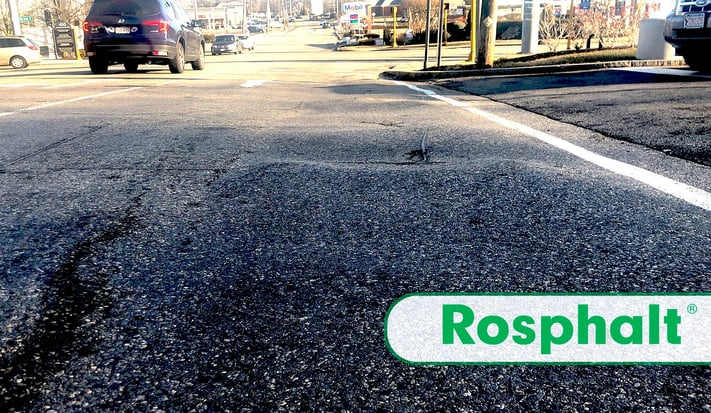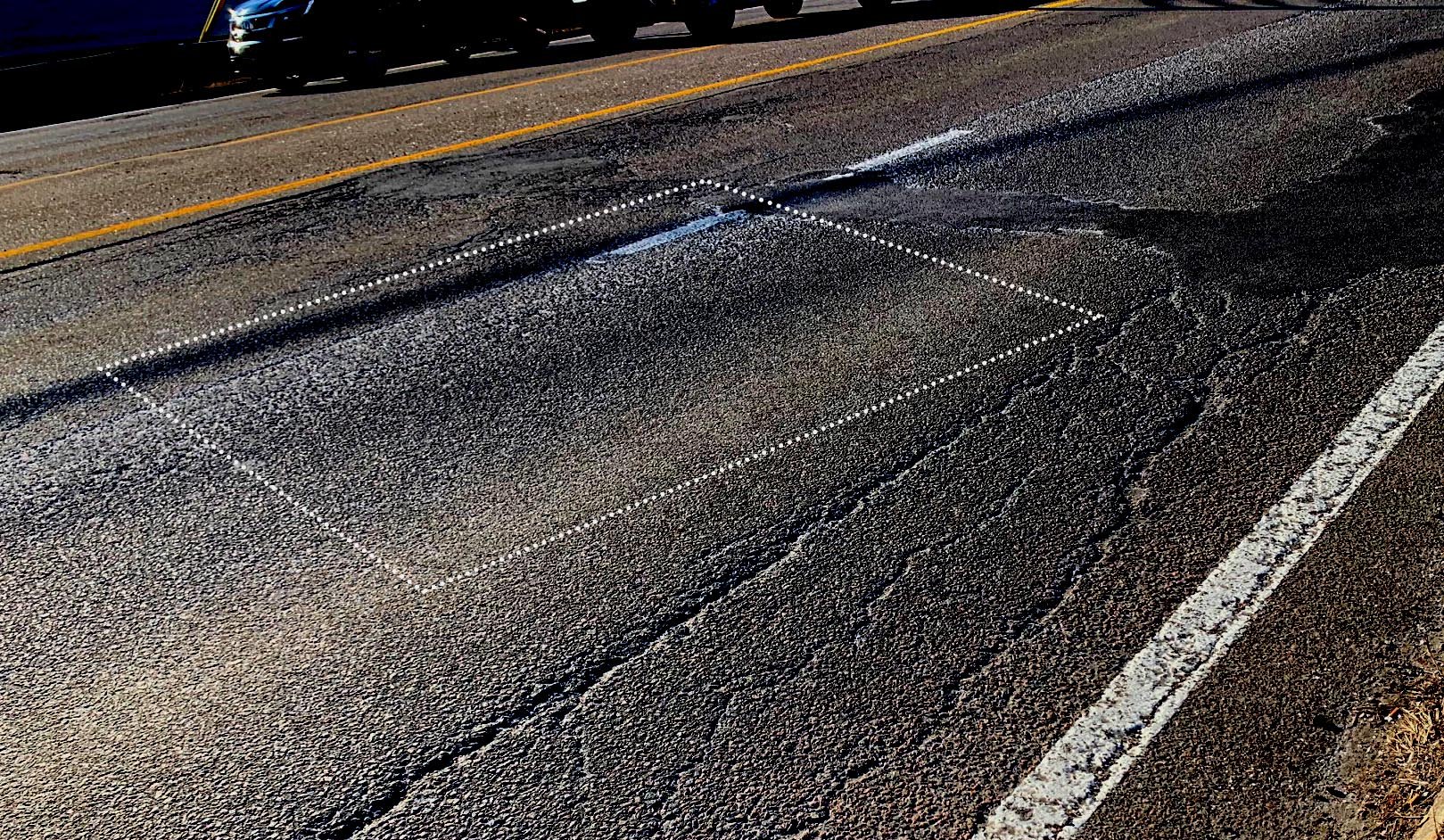A thin Hot-Mix Asphalt (HMA) overlay is commonly used to protect existing and new bridge deck...
Rutting & Shoving: Why is This a Problem for Bridge Decks and Roadways

Pavement distress manifests in various ways. We have all encountered potholes while driving. That sudden, sometimes unexpected bump is experienced daily by drivers everywhere. We all know the feeling, and barring any actual damage to our vehicles, we continue driving. What about when your vehicle suddenly pulls to the right or left? What about that intersection where you seem to always experience driving over a hump? These phenomena are caused by rutting and shoving in the road.
What are rutting and shoving?
Rutting is the formation of valleys in the surface or “wearing course” of asphalt roads and bridge decks. Shoving is a close cousin of rutting. Shoving is the presence of small mounds or ripples in the wearing course caused by horizontal stresses. Intersections and highway off-ramps are common areas that exhibiting shoving characteristics.
What causes rutting and shoving?
When roads and bridge decks are paved with asphalt, the asphalt gets compacted. Insufficient compaction of the asphalt wearing course can cause the asphalt to further compact due to vehicle weight over time. Most vehicles follow the same path along a travel lane (on a road or bridge deck), and the weight of the vehicles is distributed along those same “channels” of the lane. Each passing vehicle contributes to continued compaction of the asphalt in these channels, creating valleys or ruts.
When a vehicle drives down the road and catches the side of one of these ruts, the vehicle may experience a sudden jerk, causing the driver to firm up on the steering wheel to correct the movement. A vehicle being driven within those valleys will not experience such movement unless the travel path deviates enough for a wheel to catch the side of a rut, at which point the car will suddenly be directed back into the rut.
Related article: How to Produce a Top-Quality & Durable Asphalt Overlay
Prior to the installation of a new asphalt surface wearing course, consideration is given to the ratio of liquid asphalt to the aggregate profile or contact (amount of liquid in the asphalt) and lift thickness (the thickness of the wearing course). An off-ratio asphalt content to aggregate profile can cause the wearing course to move under horizontal stress over time. As vehicles slow or come to a stop, the wheels of the vehicle are attempting to push the asphalt forward. While this push, or shove, may be unnoticeable in a singular event, the effects of vehicles repeating this process will cause noticeable mounds or ripples in the asphalt, which can be felt during travel. Drivers will notice that inevitable bump as they drive through any area where vehicles frequently slow down or stop.
Where do rutting and shoving occur?

Rutting is not specific to just roads or bridge decks. It can occur anywhere compacted asphalt is laid for the purpose of vehicle travel such as parking lots, truck shipping ports or even driveways. The effects can be minor or severe, depending on the amount of compaction that occurs over time.
The most prominent places shoving occurs are high-traffic intersections in cities, freeways and highway off-ramps where vehicle speed is rapidly reduced, or vehicles are required to brake and come to a stop. The severity of the shoving will vary depending on the amount of travel in a particular area.
How are rutting and shoving prevented?
To the naked eye, paving may seem straightforward: Asphalt is poured and then flattened into a smooth surface. In reality, the process is more involved. In order to prevent rutting and shoving, special consideration needs to be made regarding
- atmospheric temperature during paving,
- the asphalt temperature during paving,
- proper asphalt compaction,
- composition of the asphalt mix design for the intended environment, and
- utilization of a polymeric additive in the asphalt to help prevent rutting and shoving.
How can Chase Corporation help?
Careful consideration needs to be made regarding preventing or reducing rutting and shoving for asphalt wearing courses in high-traffic areas. Rosphalt® polymer additives from Chase Corporation provide long-term rut and shove resistance. Additionally, for bridge deck applications, Rosphalt®-impregnated asphalt imparts a waterproofing characteristic to the wearing course. Contact Chase Corporation today for more information on how Rosphalt® products can provide the performance you need in your next paving project.









